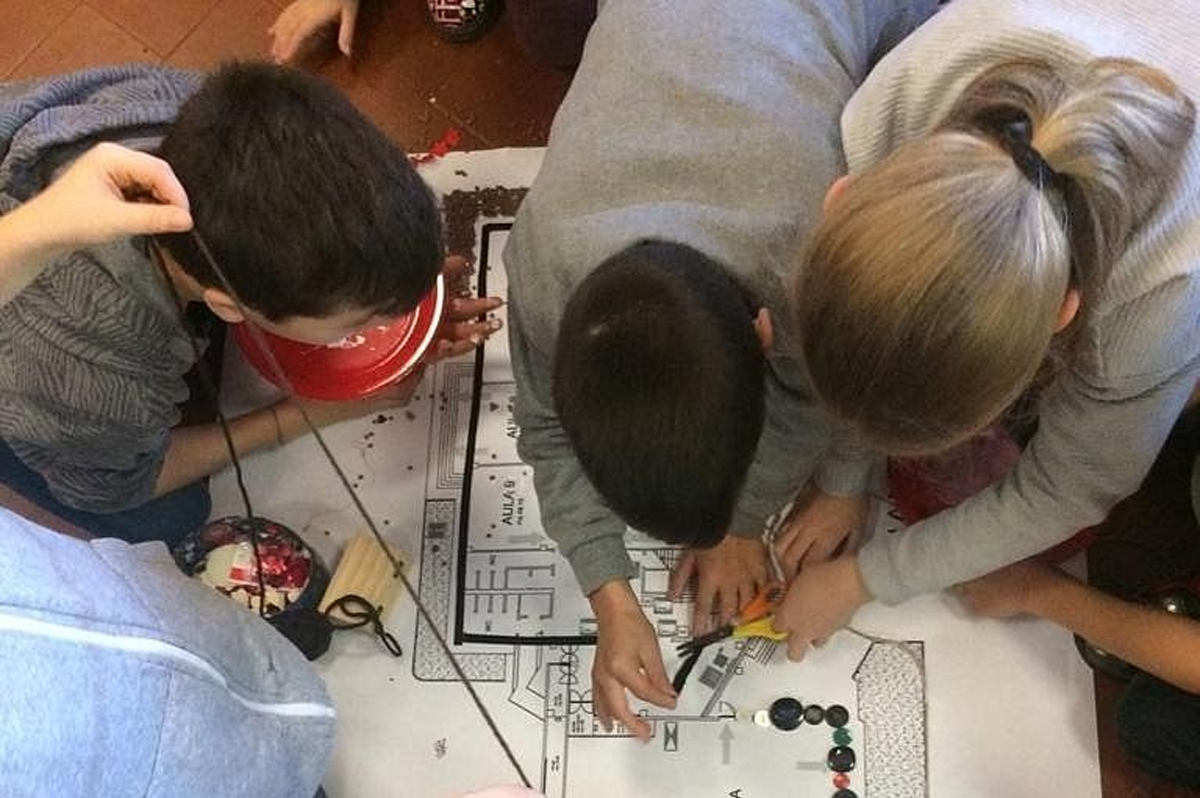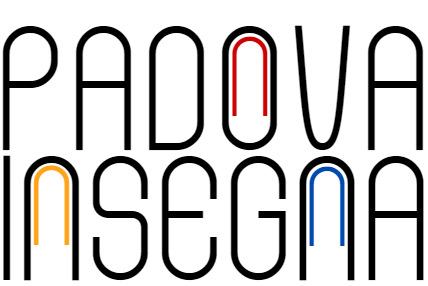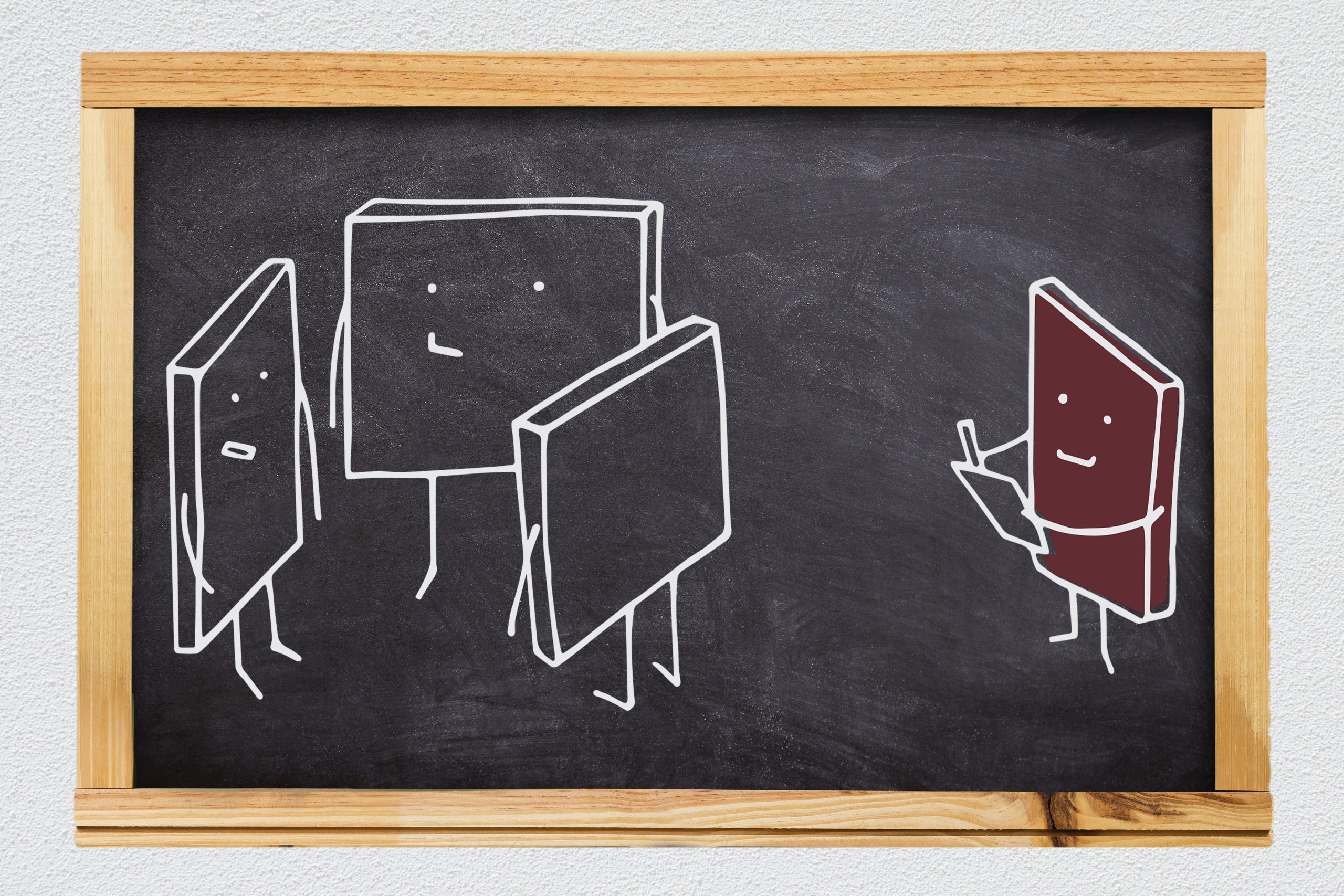FOR SCHOOLS
Since opening to the public in 1975, the Museum of Archaeological Sciences and Art of the University of Padua has placed among its priorities a quality educational offer that is as welcoming and inclusive as possible, designed for schools of all levels. Fundamental in this regard has been and continues to be the comparison and collaboration with schools and individual teachers, recently with some high schools in Padua as part of the training project for teachers “Didactics of classical languages and literatures” and PCTO projects.
The Museum offers a varied educational program specifically designed to connect young visitors with its rich archaeological and historical-artistic heritage. These programs are designed around two proposals:

- educational paths, which allow to deepen of specific themes by combining the visit to the museum collections with single or group educational activities.
- educational workshops, which propose experiential activities relevant to both archaeological research and education for active citizenship on transversal themes such as the mindful use of resources and Cultural Heritage care.
Some activities can be enjoyed both at the museum and at schools. For more information and the complete educational offer of the Museum of Archaeological Sciences and Art for the school year 2024-2025 consult the catalogue of the educational offer below, divided by age groups.
NAVIGATE THROUGH OUR PROPOSALS
Primary school and kindergarten
From 3 to 11 years old
Middle school
From 11 to 14 years old
High school
Between 14 and 55 years old
PLAN YOUR VISIT
Where to eat
The museum does not have a place to allow the class to have lunch inside Palazzo Liviano. In case of favourable weather, we suggest you take a lunch break at the churchyard of the Cathedral (100m).
How many classes together?
The museum can host one class at a time for a maximum of 30 people including accompanying persons. The educational activities take place within the exhibition spaces of the museum which are therefore fully available to the class, which is often also divided into several working groups. It is therefore not possible to carry out more than one educational activity simultaneously in this space.
In case there are more classes or groups/classes, while the first group carries out educational activities in the museum, the second group could visit another of the university museums listed in the brochure of educational offers of these museums, or other places of the University of Padua such as Palazzo Bo headquarters of the University and the Botanical Garden, or finally some monuments and places of culture that are symbols of the town of Padua in the world such as the Basilica of Saint Anthony with the bronze equestrian monument to Gattamelata by Donatello placed in its churchyard and now undergoing restoration, Prato della Valle, the Scrovegni Chapel.
We leave to the free discretion of teachers to adopt, according to their sensitivity, these, or other proposals.
While you're here
First, while waiting for the visit to the Museum of Archaeological Sciences and Art or at the end of it, enjoy listening to the description of Palazzo Liviano downloadable on your smartphone from the QR code found in the atrium. Leaving the palace, you find yourself in the heart of the old town, near Palazzo Liviano where the Museum is located, you can visit several squares: from Piazza dei Signori, overlooking the tower with the historic astrarium clock, to those nearby of Erbe and Frutta, with the Palazzo della Ragione but also the Cathedral Square with the Baptistery frescoed by Giusto de Menabuoi. The Baptistery is included in the UNESCO World Heritage List along with other frescoed masterpieces in Padua, such as the Scrovegni Chapel (further from the center but easily accessible from the railway station).
In the city centre, the central headquarters of the University, Palazzo Bo, is unmissable, as well as the other university museums in the centre: the Museum of Education and the Museum of Geography. To the north, towards the railway station, is the Museum of Nature and Humankind, while to the south of the historic centre, near the Basilica of Saint Anthony and Prato della Valle, is the University’s Botanical Garden. Finally, in the university area east of the city centre, is the Giovanni Poleni Museum.
Book your visit and workshops
To organize an unforgettable visit for your class, book now!
📞 Contact us at +39 049.827.3939 every day from 09:00 am to 5:00 pm
✉️ Send an email to prenotazioni.musei@unipd.it
Don’t miss the opportunity to explore the Museum of Archaeological Sciences and Art with your students engagingly and educationally!
Educational materials
Games, worksheets, and insights to explore Roman Padua, ancient Egypt, and the faces of emperors. Download activities and solutions and learn while having fun!
CRUCIPATAVIUM
The pyramids, the Sphinx, the pharaohs… who among us is not fascinated by ancient Egypt? But the land bathed by the Nile was also made up of people dedicated to many jobs: the scribe, the farmer, the fisherman… With the Museum of Archaeological Sciences and Art, let’s help young Pepi find his way!
› Download the crossword puzzle and the solutions, too!
WHAT JOBS IN EGYPT!
Le piramidi, la Sfinge, i faraoni… chi di noi non è affascinato dall’antico Egitto? Ma la terra bagnata dal Nilo era anche fatta di gente dedita a tanti lavori: lo scriba, il contadino, il pescatore… Con il Museo di Scienze Archeologiche e d’Arte, aiutiamo il giovane Pepi a trovare la sua strada!
› Fact sheets on the findings, But What Works of Egypt! game, and related solutions.
A FACE FOR THE EMPEROR
Through the numismatic and sculpture collections preserved in the Museum, we will discover the faces of some Roman emperors and their stories.
Aimed at: Primary School and Lower Secondary School › Download the game
Training

Padova Insegna
Join “Padova Insegna”, the event where over 80 entities, including museums, associations and trainers, are ready to collaborate for a more just and inclusive society. Explore innovative proposals and build vital collaborations for the future of education.

PCTO
The Museum of Archaeological Sciences and Art collaborates with the Department of Cultural Heritage, especially with the professors of Archaeology, on the multi-year PCTO project “Contemporaneity of the classical”, making available its specific skills, closely interconnected with those of archaeological research.
